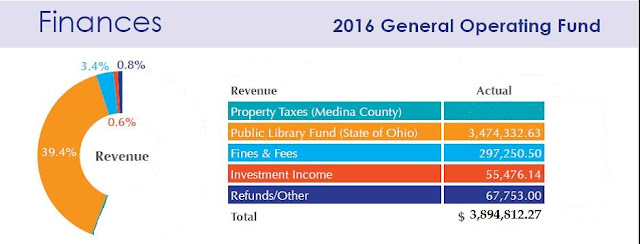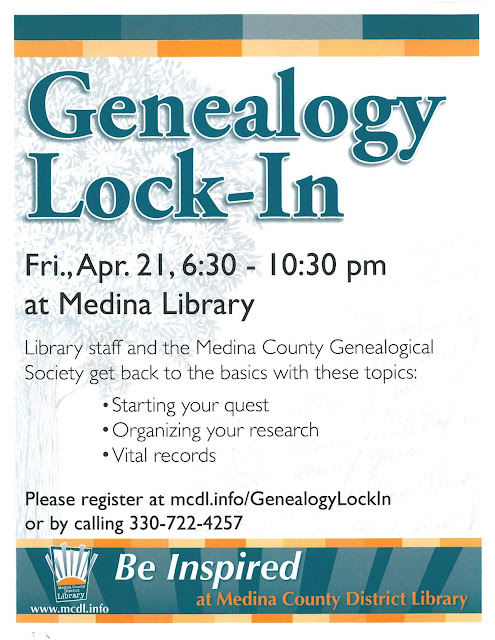 |
| Harrison Gray Otis Blake |
Harrison Gray Otis Blake was born 17 March 1818 in Newfane, Vermont. Shortly thereafter, his family moved to Salem, Washington County, New York.
On 19 December 1821, his father, Harrison Gray Blake, and mother, Lucy (Goodell) decided to visit family in Vermont. They took their youngest child, a 14 month old little girl named Rebecca with them.
Before crossing the Green Mountains into Vermont, they queried a local landlord and was told the way was snow covered but good for travel and that they should be able to make the trip in 3 hours.
After traveling for about 3 miles, they found that the snow deepened to 3 feet. Not long after that, their horse became tired and they disconnected the sleigh, and putting Mrs. Blake and the baby on the horse, continued onward. Finally, the horse refused to budge and they decided to try to find shelter on foot. They didn't make it very far before the cold and frostbite halted them. By now it was quite dark.
A search party was sent out the next day looking for someone else that was delayed on the road. Mr. Blake was found first and helped to shelter. The rescue party went back for Mrs. Blake and the baby who were found a mere 100 yards from where Mr. Blake was found.
 |
| Lucy Blake's tombstone from Findagrave.com |
Mrs. Blake had wrapped the baby in her cloak. The baby was snug among her blankets and her parents' cloaks. Lucy Blake died shortly after being found. Mr. Blake lost all the toes on his left foot. He survived and lived for many years after, not dying until 1868, in Cleveland, Ohio.
Their story became known as the Stratton Mountain Tragedy and was turned into a ballad:
 |
| The Snow Storm, a poem penned by Seba Smith |
Cold swept the mountains high,
Dreary was the pathless wild.
Amid the cheerless hours of night
A mother wandered with her child.
As through the drifts of snow she pressed
The babe was sleeping neath her breast.
Bitter blew the chilly wind.
Darker hours of night came on.
Deeper grew the drifts of snow,
Her limbs were chilled, her strength was gone.
“O God,” she cried in accents wild,
“If I must perish, save my child.”
She took the mantle from her breast
And bared her bosom to the storm.
As round the child she wrapped the vest,
She smiled to think that it was warm.
One cold kiss, one tear she shed
And sank upon the snowy bed.
A traveler passing by next morn
Saw her neath the snowy veil.
The frost of death was in her eye
Her cheek was hard, cold and pale.
He took the robe from off the child.
The babe looked up and sweetly smiled.
 |
| Rebecca Blake, the baby who "sweetly smiled" and her father, Harrison Gray Blake. |
The baby, Rebecca, was raised by her grandparents in Marlboro, Vermont.
The Blakes' had left two of their children home that day, Lucy and Harrison G.O Blake.
Mr. Blake became crippled by the ordeal and other people raised his children. Harrison G.O. Blake was taken in by Jesse Rhoades. Lucy married and lived in Marlboro the rest of her days.
Harrison Jr. traveled west with the Rhoades family in 1830 when they moved to Guilford Township, Medina County, Ohio.
H.G., as he was called, went to public school and that is where he met his future wife, Elizabeth Bell.
In 1840, the young couple married. His father-in-law, James Bell, probably helped H.G. succeed over the next few years. He went from being a clerk in a mercantile house to owning the store. In his spare time, he studied law and became a lawyer in 1847.
He was elected to the Ohio House of Representatives as a Whig in 1846 and 1847. In 1848 he was elected to the Ohio Senate and temporarily became its Speaker. He served in the Senate until 1855 when he returned to Medina.
In the 1850 Census, H.G is listed as a Merchant with real estate worth $8,000. Not too shabby for a man who was a store clerk just 10 years before!
In 1853, he became the first editor of the newly named Medina County Gazette.
The family moved into the Greek Revival home that still stands at the corner of East Washington and Jefferson Streets.
 |
| The Blake Home on the southeast corner of East Washington and Jefferson Streets in Medina. |
H.G. was a strong abolitionist and his home was a stop on the Underground Railroad. In later years his daughters reminisced about being kept home from school whenever fugitive slaves were hiding in the barn or house.
 |
| Plaque on the Blake Home denoting that it was a stop on the Underground Railroad before the Civil War. |
In 1859, Blake was elected to the U.S. House of Representatives. He was known as a strong speaker and spoke ardently against slavery or compromise with the southern states.
In June of 1860, he spoke about a resolution he had put before Congress to introduce a bill "giving freedom to every human being and interdicting slavery, wherever Congress has the constitutional power to legislate on the subject." Full text HERE. The speech was considered quite daring and "incendiary" at the time.
In the 1860 census, H.G. listed himself as an attorney and his real estate was worth $11,000.
One of his most celebrated speeches was titled "Freedom Takes No Step Backwards" and was delivered on 19 February 1861 in the U.S. House of Representatives. In this speech, H.G. came out strongly against any compromise that maintained slavery. The full text can be read HERE.
In April of 1861, Confederate forced fired on Fort Sumter and the Civil War commenced.
In 1863, Harrison Blake registered for the draft even though as a member of Congress he would have been exempt.
 |
| 1863 Draft Registration for Medina and Wayne Counties |
 |
| Line 14 of the Draft Registration showing Harrison G. Blake's name |
 |
| Lieutenant Colonel H. G. Blake |
After the war, veterans united in fellowship and formed chapters. The Grand Army of the Republic, or GAR. Medina's chapter was named in honor of H.G. Blake
In the 1870 census, his real estate was worth $9,000, maybe in part because of an economic depression. But perhaps also by then he had set up his daughter's households after their marriages in 1863 and 1866. (Daughter Elizabeth and husband, R.M. McDowell, built the McDowell house that sits at the far west end of Washington Street in 1890.)
In 1870, the downtown area of Medina experienced a devastating fire. H. G. led the drive to rebuild, this time, in brick! One of the first to rebuild was the Phoenix Block, home of the Old Phoenix Bank for many years.
 |
| The Phoenix Block on the Medina Square when First Merit Bank |
H.G. was mayor of Medina from 1870-1872.
By 1875, there was much talk about H.G. running for governor, but he refused his friends support.
In April of 1876, Harrison Gray Otis Blake died of pneumonia. His obituary in the Medina Gazette is lost to us, as no newspaper survives from most of that year. But this snippet survives from the Sandusky Register:
 |
| The Sandusky Register 18 April 1876, page 1. |
In 2001, on the 134 anniversary of his death, the newest Medina elementary school was named in his honor.
 |
| H.G. Blake Elementary School in Montville Township |
SOURCES:
History of Medina County and Ohio (1881)
Medina County Coming of Age 1810-1900 by Joann G. King, 2016.
Historical Highlights of Medina (1966)
Wikipedia
Freedom Takes No Step Backwards
History of Stratton Vermont
Findagrave.com
Equality of Rights in theTerritories
http://www.huntington150years.com/timeline/









